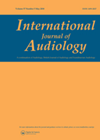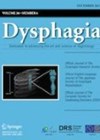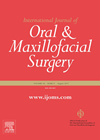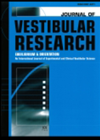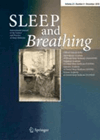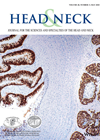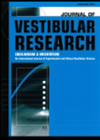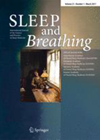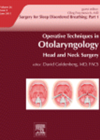
Journal Reviews
Assessment of audiological needs
A thorough assessment of audiological needs is crucial for a successful audiological rehabilitation. This study concentrated on creating the Québec Audiological Assessment Protocol for Younger and Older Adults (QAAP-YOA) that could be easily adopted in audiological clinics. The authors used...
Predicting the nature of swallowing deficits caused by surgical resection of the tongue?
Patients treated surgically for cancer of the tongue are expected to have difficulty in eating, drinking and swallowing. The authors of this paper report on a cohort of 106 patients in their practice who had surgical resection as primary treatment....
Speech predictors after glossectomy
This is a cross-sectional study from India where 69 patients were assessed for speech intelligibility and phonetics using an assessment tool in the local language. Volume defects were classified into thirds and the location of this defect noted. Not unsurprisingly,...
Brown classification of a maxillary defect and prognosis
This is a retrospective study from Peking over the 10-year period, 2000-2010, for 137 patients with maxillary squamous cell carcinoma assessed. The overall survival rate was comparable with other studies at 64.8%. The most common Brown maxillary defect was 2b...
Diagnostic criteria for haemodynamic orthostatic dizziness
Over the past several years, the Bárány Society has been developing an International Classification of Vestibular Disorders (ICVD) in order to standardise diagnosis and nomenclature for both clinical and research purposes. Many in vestibular practice would be familiar with the...
DISE as a rationalising tool for sleep apnoea surgery
This retrospective study on 85 adult obstructive sleep apnoea (OSA) patients provides further interesting information for sleep surgeons. These patients were all investigated with polysomnography (PSG) and drug induced sleep endoscopy (DISE). They all then underwent a simple uvulopalatoplasty with...
Applying ‘Sal classification’ to parotid cytology to replicate the success of the Thy classification system
The usefulness of the Thy classification in thyroid gland disease has led to attempts to generate a similar cytology classification for parotid lesions. However, the accuracy of fine-needle aspiration cytology in salivary gland disease is more variable because of the...
Diagnosing persistent postural-perceptual dizziness (PPPD)
The authors, part of an influential committee of experts of the Bárány Society, proposed this consensus document after reviewing 30 years of research on phobic postural vertigo, space-motion discomfort, visual vertigo, and chronic subjective dizziness. They also reviewed interesting historical...
The sleep nasendoscopy learning curve
There seems to be no accepted way of surgically assessing patients with sleep disordered breathing (SDB). Because of this, clinicians fall roughly into three camps: those who just use one operation for all patients, those who have given up surgery...
Clinical assessment in OSA
This paper divides the assessment up into anatomical (nasal and oropharyngeal), endoscopic and imaging. It points out the salient features to look out for in OSA patients with regards the nasal valve and also oropharyngeal anatomy, with tonsil hypertrophy grading...

